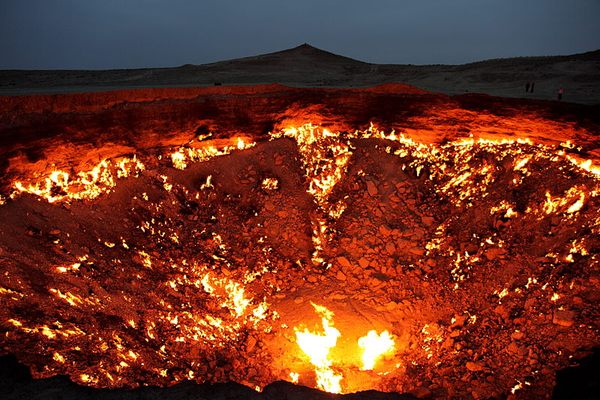Chilpik Tower of Silence
The ruins of an ancient Zoroastrian Tower of Silence believed to be the earliest example of the traditional funerary practice.
Situated on the banks of the Amu Darya river in the Chilpik (also spelled Shilpik or Shilpiq) region of Karakalpakstan, an autonomous territory of Uzbekistan, is an ancient Zoroastrian Tower of Silence thought to be the earliest example of the traditional funerary ritual, constructed somewhere between the 1st century BCE and 1st century CE.
Towers of Silence, also called dakhma, are a traditional excarnation ritual practiced in the Zoroastrian faith dating back thousands of years. Zoroastrians believed that after death a body was at risk of becoming contaminated and made impure by demons. To prevent this, corpses of the deceased were left atop a tower exposed to the elements and birds of prey which would purify the body, after which the bones would be placed in ossuaries nearby. This practice was believed to be the least harmful form of interment.
The ancient Chilpik dakhma, a 49-foot-tall circular structure situated on top of a mound of sand rising out of the desert, has become a popular symbol in Karakalpakstan, and even is even found on its coat of arms. This dakhma is particularly significant as local legend suggests the region around it is where Zarathushtra, the founder of Zoroastrianism, began to compose the religion’s ancient scriptures, the Avesta.
The Chilpik Tower of Silence remained in full use until the Arab invasion of Khwarezm in the 7th century, and possibly up until 10th century. After burials ceased to be performed, the structure was used as a signal tower.
Community Contributors
Added by
Edited by
Plan Your Trip
The Atlas Obscura Podcast is Back!
























Follow us on Twitter to get the latest on the world's hidden wonders.
Like us on Facebook to get the latest on the world's hidden wonders.
Follow us on Twitter Like us on Facebook